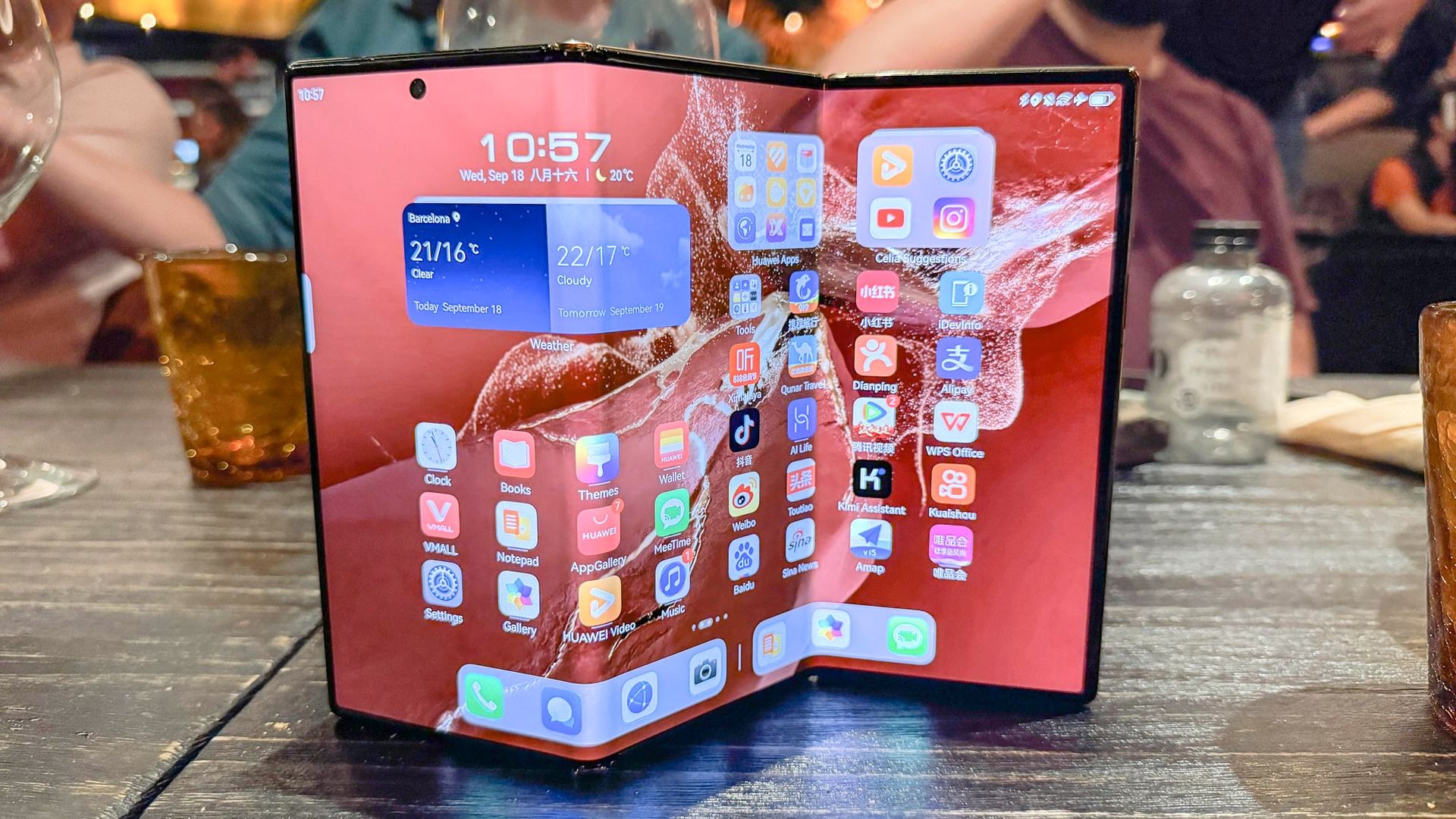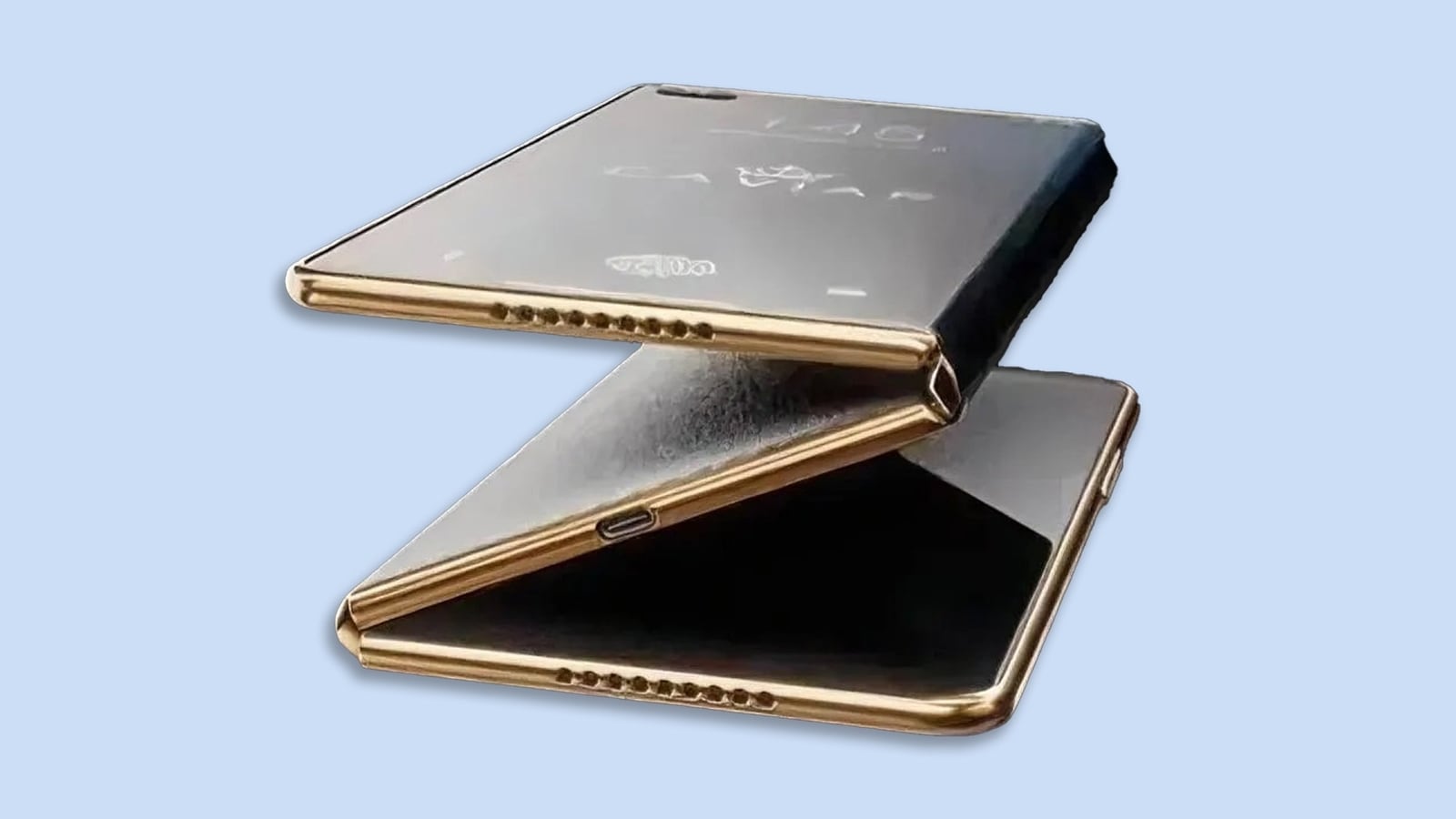
Foldable Phones: A Glimpse into the Future – Which to Buy in 2025?
The foldable phone market has evolved from a futuristic concept to a tangible reality. While the initial iterations were met with skepticism due to high prices, durability concerns, and software optimization issues, the technology has matured rapidly. By 2025, foldable phones are projected to be more refined, accessible, and integrated into mainstream consumer electronics. This article delves into the landscape of foldable phones anticipated for 2025, highlighting key players, essential features, and models that are likely to be worth considering.
The Evolution of Foldable Technology: A Foundation for 2025
To understand the potential of foldable phones in 2025, it’s crucial to acknowledge the progress made in recent years. The first generation of foldables, exemplified by the original Samsung Galaxy Fold, demonstrated the feasibility of the concept but suffered from notable shortcomings. These included fragile displays, prominent creases, and bulky designs.
However, subsequent generations have addressed many of these issues. Manufacturers have made significant advancements in:
- Display Technology: Ultra-Thin Glass (UTG) has become the standard for inner displays, providing improved durability and a more premium feel. Crease visibility has been reduced, although not entirely eliminated. The adoption of improved display materials and hinge designs is key to future improvements.
- Hinge Mechanisms: Hinge designs have become more sophisticated, allowing for smoother folding and unfolding actions. Water and dust resistance, a critical factor for device longevity, have also improved significantly. Zero-gap hinges, which minimize the space between the folded halves, are becoming increasingly common.
- Software Optimization: Operating systems like Android have been optimized for foldable devices, with features like multi-window support, app continuity, and flexible mode designed to enhance the user experience. Developers are also creating apps specifically tailored for foldable form factors.
- Price Reduction: While still premium devices, foldable phones have seen a gradual price reduction, making them more accessible to a wider range of consumers. Increased competition and economies of scale will likely drive prices down further by 2025.
Key Players Shaping the Foldable Landscape
Several major players are driving innovation in the foldable phone market. Their advancements and strategies will significantly influence the devices available in 2025:
- Samsung: As the market leader, Samsung is expected to continue its dominance with the Galaxy Z Fold and Galaxy Z Flip series. Anticipate further improvements in display technology, hinge design, camera systems, and software integration. Samsung will likely explore new form factors and features to differentiate its offerings.
- Google: Google’s entry into the foldable market with the Pixel Fold signaled a strong commitment to the category. Future iterations are expected to leverage Google’s expertise in AI, software, and camera technology to create a compelling user experience. Expect deeper integration with Google services and features tailored specifically for the foldable form factor.
- Apple: While Apple hasn’t yet released a foldable iPhone, the company is rumored to be working on multiple foldable prototypes. Apple’s entry into the market could be a game-changer, given its loyal customer base and focus on seamless integration between hardware and software. If Apple releases a foldable iPhone by 2025, it will likely be a premium device with a focus on design, performance, and user experience.
- Xiaomi: Xiaomi has emerged as a strong contender in the foldable market with devices like the Mix Fold series. Xiaomi is known for offering competitive specifications at attractive prices. Expect Xiaomi to continue pushing the boundaries of foldable technology while maintaining a focus on value.
- OPPO and Vivo: These Chinese manufacturers have also released impressive foldable phones, showcasing innovative designs and features. They are likely to continue competing in the market with devices that offer a blend of performance, features, and affordability.
- Huawei: Despite facing challenges, Huawei remains a player in the foldable market. Their devices often feature innovative designs and advanced camera systems. However, availability outside of China may be limited.
Factors to Consider When Choosing a Foldable Phone in 2025
By 2025, the foldable phone market will offer a wider range of options than ever before. When choosing a foldable phone, consider the following factors:
- Form Factor: Foldable phones come in two primary form factors:
- Book-style: These fold vertically, like a book, resulting in a larger tablet-like display when unfolded (e.g., Samsung Galaxy Z Fold, Google Pixel Fold).
- Clamshell: These fold horizontally, like a flip phone, resulting in a more compact and pocketable device when folded (e.g., Samsung Galaxy Z Flip). Consider which form factor best suits your needs and usage patterns.
- Display Quality and Durability: The display is the most critical component of a foldable phone. Look for devices with:
- High-quality panels: AMOLED or OLED displays with vibrant colors, high brightness, and wide viewing angles.
- Durable UTG: Ultra-Thin Glass that provides scratch resistance and protects the underlying display layers.
- Reduced Crease Visibility: While creases are inevitable, manufacturers are constantly working to minimize their visibility.
- Protective Film: A pre-applied protective film is essential to prevent scratches and damage to the inner display. Consider the ease of replacing this film if needed.
- Hinge Design and Durability: The hinge is another critical component that determines the overall durability and usability of the device. Look for hinges that:
- Offer smooth and reliable folding/unfolding action.
- Are rated for a high number of folds (e.g., 200,000+).
- Provide water and dust resistance (IP rating).
- Minimize the gap between the folded halves (zero-gap hinges).
- Performance and Specifications: Foldable phones are typically equipped with flagship-level processors, ample RAM, and fast storage. Consider the following:
- Processor: Look for the latest Snapdragon or equivalent processor for smooth performance and efficient power consumption.
- RAM: 12GB or more of RAM is recommended for multitasking and demanding applications.
- Storage: Choose a storage capacity that meets your needs (e.g., 256GB, 512GB, or 1TB).
- Camera System: Foldable phones often feature advanced camera systems with multiple lenses and features. Consider the following:
- Main Camera: A high-resolution main camera with a large sensor for capturing detailed photos and videos.
- Ultrawide Lens: An ultrawide lens for capturing expansive landscapes and group photos.
- Telephoto Lens: A telephoto lens for zooming in on distant subjects.
- Selfie Camera: A high-quality selfie camera for video calls and selfies.
- Software Optimization: Foldable phones require optimized software to take full advantage of their unique form factors. Look for devices with:
- Android with foldable-specific features: Multi-window support, app continuity, flexible mode, and optimized UI.
- Regular software updates: Manufacturers should provide regular software updates to improve performance, fix bugs, and add new features.
- Battery Life: Foldable phones typically have larger batteries to power their larger displays. However, battery life can vary depending on usage patterns. Look for devices with:
- A battery capacity of at least 4500mAh.
- Fast charging capabilities.
- Efficient power management.
- Price: Foldable phones are still premium devices, but prices are expected to decrease over time. Consider your budget and compare prices across different models.
Potential Foldable Phones Worth Buying in 2025 (Speculative)
It’s impossible to predict the future with certainty, but based on current trends and rumors, here are some foldable phones that are likely to be worth considering in 2025:
- Samsung Galaxy Z Fold 7: Expect Samsung to continue refining the Galaxy Z Fold series with improved display technology, a more durable hinge, and enhanced software features. Potential improvements include a virtually invisible crease, a more powerful processor, and an even more versatile camera system.
- Samsung Galaxy Z Flip 6: The Z Flip series will likely continue to be a stylish and compact foldable phone. Expect improvements to the cover display, battery life, and camera capabilities. The hinge will be more durable and the crease less visible.
- Google Pixel Fold 2: Google’s second-generation Pixel Fold is expected to address some of the criticisms of the first model, such as its size and weight. Expect a more refined design, a more powerful processor (likely a Tensor chip), and improved camera performance. Deep integration with Google services and AI features will be a key differentiator.
- Apple Foldable iPhone (if released): If Apple releases a foldable iPhone by 2025, it will likely be a premium device with a focus on design, performance, and user experience. Expect a seamless integration with the Apple ecosystem and features tailored specifically for the foldable form factor. It will command a premium price.
- Xiaomi Mix Fold 5: Xiaomi is likely to continue pushing the boundaries of foldable technology with devices that offer competitive specifications at attractive prices. Expect improvements in display technology, hinge design, and camera capabilities.
- OPPO Find N4: OPPO’s Find N series has impressed with its innovative designs and compact form factors. The Find N4 is expected to continue this trend with further improvements in display technology, hinge design, and camera capabilities.
- Vivo Fold (Name TBD): Vivo’s foldable phones have also been impressive. Expect them to release a compelling foldable phone with a focus on camera technology and design.
Beyond the Hardware: The Foldable Ecosystem
The success of foldable phones depends not only on the hardware but also on the development of a thriving ecosystem. This includes:
- App Optimization: Developers need to create apps that are specifically designed for foldable form factors, taking advantage of the larger screen sizes and flexible modes.
- Accessories: Manufacturers need to develop accessories that enhance the user experience, such as styluses, cases, and stands.
- Content Creation: Content creators need to adapt their content for foldable displays, ensuring that videos, games, and other media are optimized for the larger screen sizes.
Conclusion: The Future is Folding
By 2025, foldable phones are expected to be more refined, accessible, and integrated into mainstream consumer electronics. While challenges remain, such as durability and software optimization, the technology has made significant progress in recent years. When choosing a foldable phone in 2025, consider the form factor, display quality, hinge design, performance, camera system, software optimization, battery life, and price. The foldable phone market is dynamic and constantly evolving, so stay informed about the latest developments and choose a device that meets your specific needs and preferences. The future is folding, and 2025 promises to be an exciting year for this innovative category.
